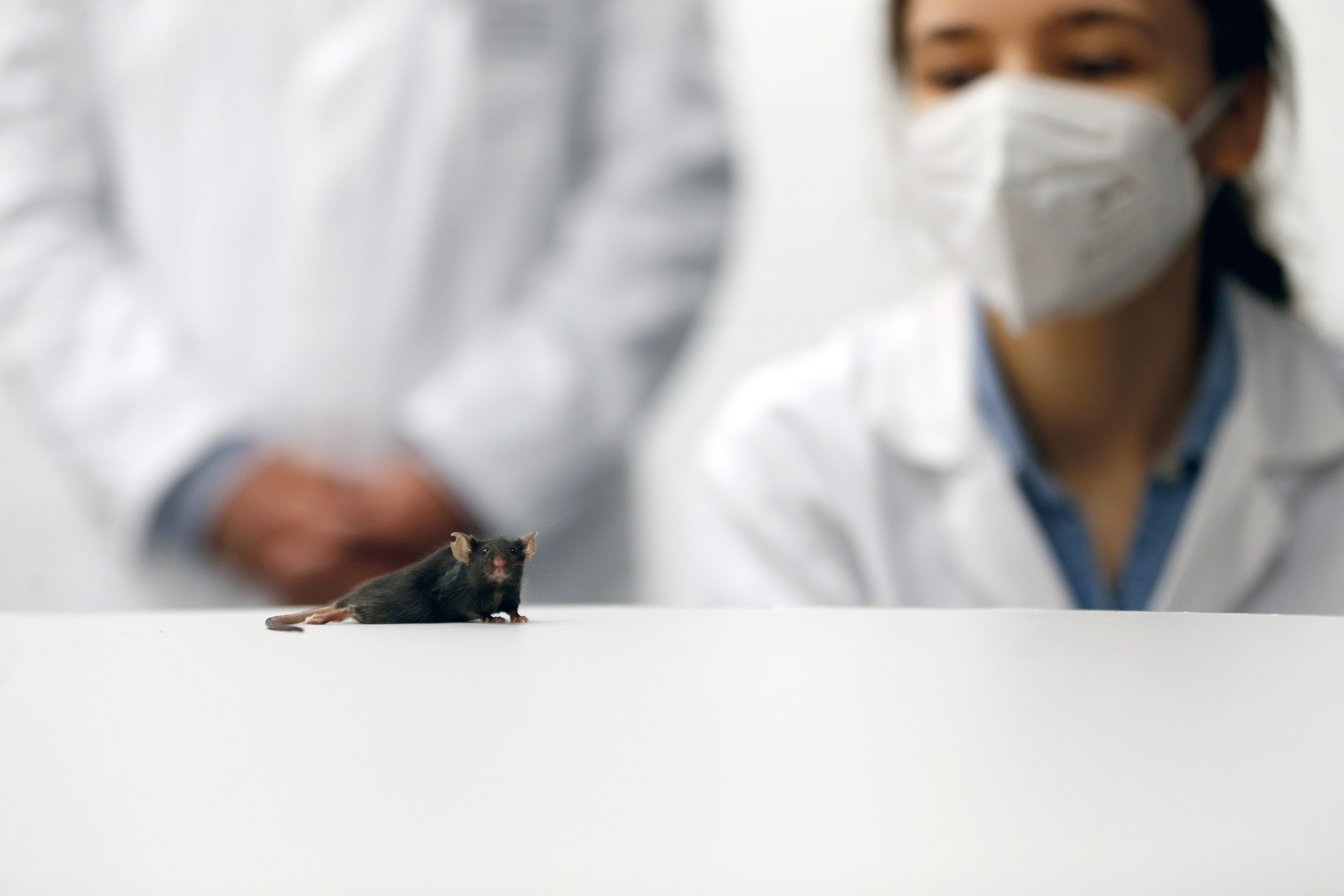SUMMARY
This is AI generated summarization, which may have errors. For context, always refer to the full article.

German researchers have enabled mice paralyzed after spinal cord injuries to walk again, re-establishing a neural link hitherto considered irreparable in mammals by using a designer protein injected into the brain.
Spinal cord injuries in humans, often caused by sports or traffic accidents, leave them paralyzed because not all of the nerve fibers that carry information between muscles and the brain are able to grow back.
But the researchers from Ruhr University Bochum managed to stimulate the paralyzed mice’s nerve cells to regenerate using a designer protein.
“The special thing about our study is that the protein is not only used to stimulate those nerve cells that produce it themselves, but that it is also carried further (through the brain),” the team’s head Dietmar Fischer told Reuters in an interview.
“In this way, with a relatively small intervention, we stimulate a very large number of nerves to regenerate and that is ultimately the reason why the mice can walk again.”
The paralyzed rodents that received the treatment started walking after 2 to 3 weeks, he said.
The treatment involves injecting carriers of genetic information into the brain to produce the protein, called hyper-interleukin-6, according to the university’s website.
The team is investigating if the treatment can be improved.
“We also have to see if our method works on larger mammals. We would think of pigs, dogs, or primates, for example,” Fischer said.
“Then, if it works there, we would have to make sure that the therapy is safe for humans too. But that will certainly take many, many years.” – Rappler.com
Add a comment
How does this make you feel?

![[Free to Disagree] Sabwatan ng mga doktor at drug companies](https://www.rappler.com/tachyon/2024/04/tl-sabwatan-doktor-drug-companies-April-22-2024.jpg?resize=257%2C257&crop=292px%2C0px%2C720px%2C720px)



There are no comments yet. Add your comment to start the conversation.